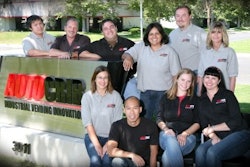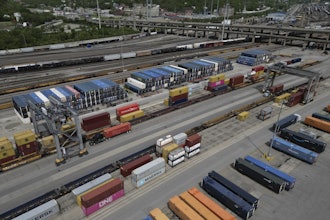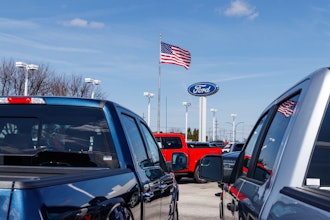Warehouses represent a mission-critical link in the supply chain, and it’s vital that organizations maintain a structured, error-free environment as efficiently as possible. As founder and CEO of a company that specializes in delivering transparency in warehouse management for organizations around the world, Tim Garcia has compiled a list of the five most common warehouse problems, all of which can be easily eliminated through automation.
1. Inventory accuracy – Without an automated system, companies often don’t know what they have in stock, causing inaccuracies. Inadequate visibility can lead to excess/obsolete inventory buildup or unexpected shortages. Excess inventory can decrease cash flow, create warehouse space issues, increase expenses to house extra materials and ultimately lead to deficient customer service. However, inventory shortage tends to be the greater problem as it can lead to unfulfilled orders and unhappy customers.
2. Inventory location – Lack of inventory oversight can cause a buildup of inefficiencies within the warehouse that slows operations and increases costs. Without adequate insight into location, pickers take longer to find the items to ship, which slows the loading process and creates a backup in labor allocation and dock-door scheduling.
3. Space utilization/warehouse layout – If you don’t optimize storage systems, racking and pallet patterns, the amount of space necessary to house inventory increases. Inefficient warehouse layouts also cause unnecessary labor. For instance, if you have high-selling inventory in the back of the facility, you’ll drive further more often than would be required if the warehouse layout was better optimized.
4. Redundant processes – It’s common for warehouse workers to pass a pick ticket or other documentation through multiple hands. The picker will pass it to the checker, who will pass it to the stager, who will pass it to the loader, and so on. Barcode technology, which is frequently found in today’s automated warehouse systems, eliminates multiple touches.
5. Picking optimization – For warehouses that still have manual processes in place, there tends to be no common route taken to pick items for shipment, which adds unnecessary time to the process. With system-directed pick/putaway, the routing is easily automated, reducing wear and tear on both your equipment and your labor force.
Today, an agile supply chain is more vital than ever, which is why more warehouses are turning to automation to help smooth operations. It all comes down to efficiency and beating the competition every step of the way, from supply chain to sales and delivery.
About Apptricity
Apptricity provides innovative software applications that help companies of all sizes run better and maximize their resources. Our applications deliver critical real-time intelligence to your mobile device, keeping you connected to the office, the warehouse, and the final destination. Jetstream, our revolutionary platform, enhances legacy ERP applications and extends the value of IT investments to sharpen your competitive edge. Jetstream solutions unify objectives for Fortune 500 companies, government agencies and the military with accelerated business processes and command visibility. Our solutions evolve to help your enterprise operate more profitably and grow. For more information, visit https://www.apptricity.com/.






















